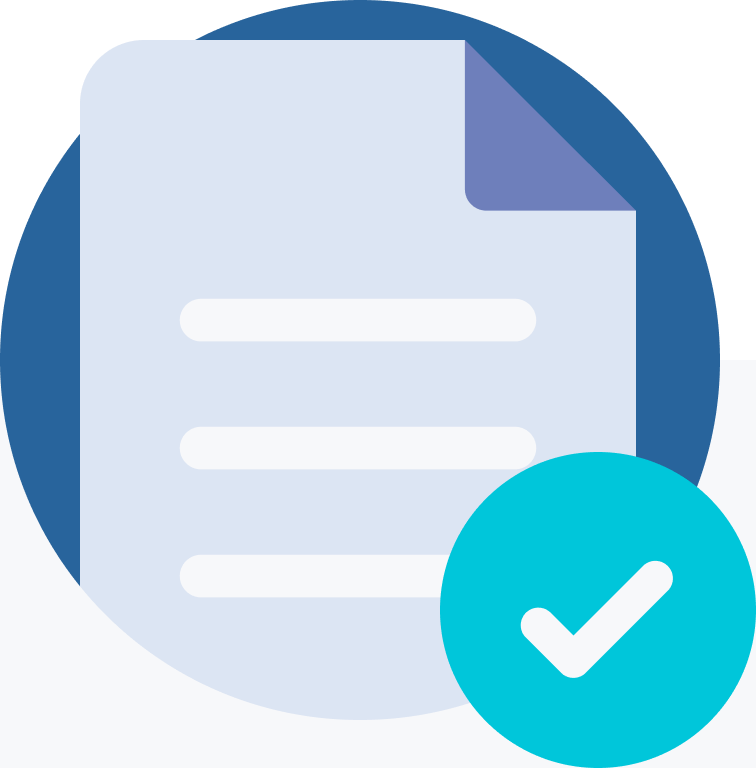The Rise of Digital Documentation in Schools and How Students Can Adapt
Prague Morning
One undeniable trend in the changing educational scene is that digital documentation is becoming the main stage. Schools are embracing technology to streamline academic processes, from submitting homework via the internet to employing cloud storage for notes and study. A revolution that is transforming the way students study, collaborate, and succeed.
The shift to electronic documentation offers great benefits, including access, efficiency, and environmental responsibility. However, it also presents challenges to students who are not adequately equipped to make the change. Nevertheless, students can thrive in the new setting with the right tools and mindset. This is how and why it’s important.
Increased organization and productivity
Higher efficiency is the most evident and highest advantage of electronic documentation. Those days are far behind us when papers got missing, bags were filled, or assignments were forgotten. Nowadays, homework, class notes, reading assignments, and even group project materials can be kept within one application or cloud storage.
Google Drive, Microsoft OneNote, Evernote, and other computer applications enable students to have their work stored on any computer, create folders, highlight data, and keyword search. Enhanced study skills and preparation for the workforce of the day, where digital literacy is assumed, are enabled by this level of organization. Begin by organizing your subjects into digital folders. Data backups and logical naming conventions keep you from eleventh-hour frays.
Environmental stability
The favorable environmental effect of going paperless is a great benefit. Annually, schools use thousands of sheets of paper. Aligned with the increasing worldwide emphasis on sustainability and eco-conscious behavior, digital documentation helps to minimize that greatly.
Students who welcome digital technology directly support more environmentally friendly activities, helping the earth and developing a sense of responsibility and awareness of worldwide challenges. By going digital, you actively create a better world, not just helping yourself. Little adjustments like turning five papers into a PDF instead of printing can significantly impact.
Flawless cooperation
Digital documents improve teacher and student cooperation. Tools like Google Docs and Microsoft Teams enable real-time co-editing, remarking, and sharing. Digital systems simplify, quicken, and make teamwork more interactive, whether peer-reviewing a classmate’s paper or working on a group scientific report.
Even teachers are providing real-time comments to speed learning cycles and remove latency. This has made education more dynamic and reactive than it has ever been. Learn to utilize the collaborative app’s “comment” and “suggestion” tools. These are great tools for enhancing your writing, gaining from peers, and developing communication skills.
Flexibility and remote access
Remote access is among the most significant game changers of electronic documentation. Your work follows you whether you are at home, school, a cafe, or even on a family vacation. Particularly with extracurriculars, part-time employment, or family obligations, this flexibility helps students organize their time.
Furthermore, digital records facilitate continuous learning in times of crises or during school closures, as seen during the COVID-19 epidemic. These elements, lessons, projects, and grades can be easily shared without missing a note. Make use of cloud services that sync automatically. This guarantees your files are always accessible across desktop, tablet, or mobile and up to date.
Multiformat assistance and file conversion
Students cope with a range of file formats, from images like HEIC or JPEG to Word documents, PDFs, presentations, and even audio or video files, as digital content grows. Managing these types can sometimes be challenging, especially when sending work or including multimedia into projects.
That’s where file conversion software comes into play. The software makes compatibility and legibility stress-free; this solution helps whether trying to convert a phone picture from HEIC to PDF for a neat submission or compress a video presentation to send over email. Familiarize yourself with online tools or apps that assist with file conversions. Having these at your fingertips can save time and eliminate submission problems.
Improved accessibility for every student
Furthermore, improving access is made possible by electronic records. Students with visual impairment can be assisted by screen readers. Dyslexia-friendly formatting, font modification, and text-to-speech programs can help those with learning disabilities. Language learners can benefit from built-in translation software and auditory aids.
With these characteristics, students can create their learning process to suit their needs and improve performance and comprehension. If you ever believe that conventional learning strategies don’t work for you, digital resources might change everything. Research and discover what best helps you retain and remember information.
The growth of digital documentation in schools is a strong change in how instruction is given and received. For students, the secret is to accept and use this change rather than fight against it. Staying organized, being open to new tools, and appreciating the importance of adaptability and teamwork will help students to flourish in this changing world. Digital abilities are life skills; the earlier they are learned, the more academically and otherwise you profit. Upload that assignment, convert the file, work with your team, and arrange your digital life. The future is paperless, and you’re prepared for it.
-
NEWSLETTER
Subscribe for our daily news










